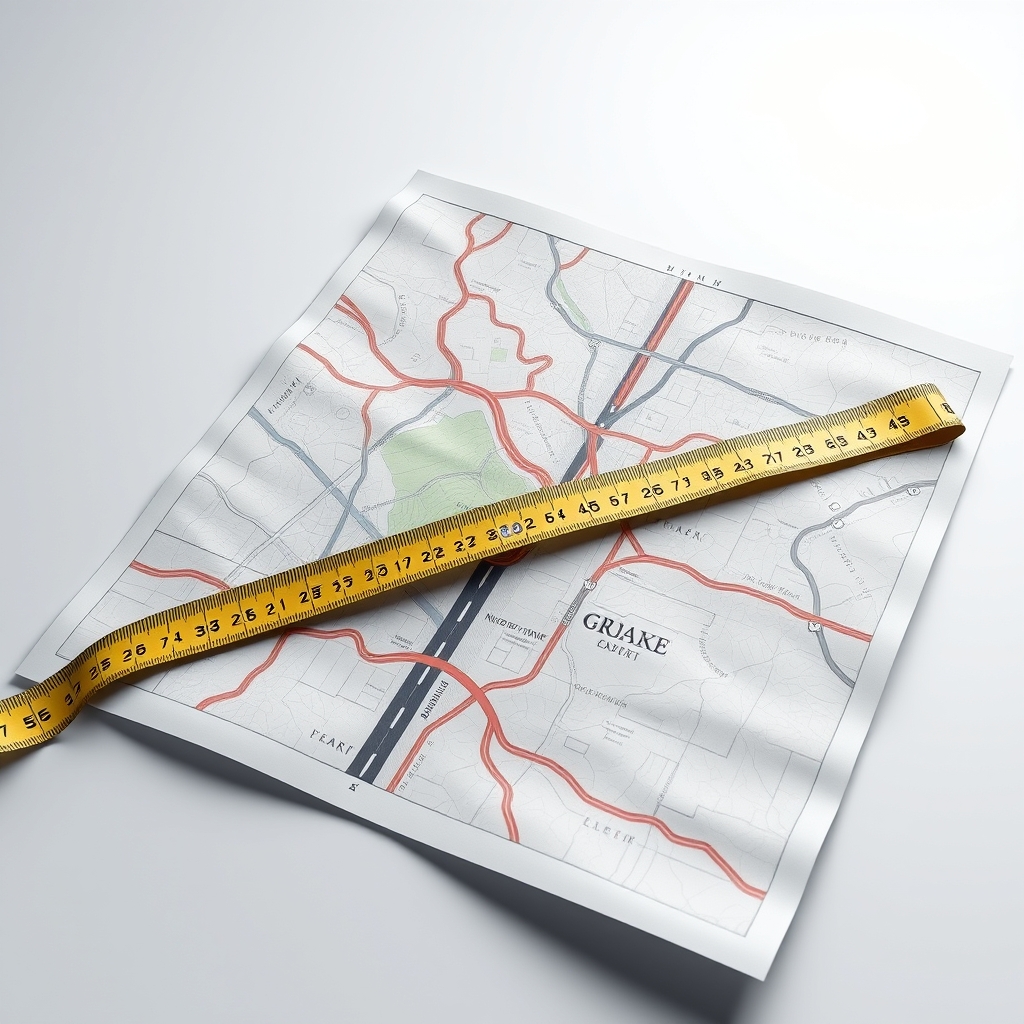Route Distance API vs Distance Calculation API: What to Choose?

Route Distance API and the Distance Calculation API. Both APIs offer unique features and capabilities that cater to different use cases. In this blog post, we will delve into a detailed comparison of these two APIs, exploring their features, performance, scalability, and providing recommendations on which API to choose based on specific scenarios.
Overview of Both APIs
Route Distance API is designed to provide accurate distance measurements between geographic points with an intuitive interface. It allows developers to integrate distance calculation functions into their applications easily. This API supports multiple distance metrics, including kilometers, meters, and miles, making it versatile for various applications.
Distance Calculation API focuses on delivering precise measurements of the distance between two locations, utilizing sophisticated algorithms and mapping technologies. This API is particularly useful for logistics optimization and route planning, as it takes into account road networks and geographical obstacles.
Feature Comparison
Route Distance API Features
Route Distance API is the ability to get the distance between two points. To use this feature, developers need to provide the latitude and longitude of the two points along with a unit of measurement (m, cm, mi, ft, in, yd). This straightforward approach allows for quick integration into applications.
{"distance":725.3031960254968}
Distance Calculation API Features
Distance Calculation API offers a feature to get distances between two locations. Developers must specify the two locations in the parameters, with an optional parameter to indicate the unit of measurement (kilometers or miles).
{
"distance": 1673.4448632836118,
"unit": "kilometers",
"location1": {
"place_id": 15496907,
"licence": "Data OpenStreetMap contributors, ODbL 1.0. http://osm.org/copyright",
"osm_type": "relation",
"osm_id": 1224652,
"lat": "-34.6037181",
"lon": "-58.38153",
"class": "boundary",
"type": "administrative",
"place_rank": 16,
"importance": 0.7279817834797908,
"addresstype": "city",
"name": "Buenos Aires",
"display_name": "Buenos Aires, Comuna 1, Autonomous City of Buenos Aires, Argentina",
"address": {
"city": "Buenos Aires",
"ISO3166-2-lvl8": "AR-C",
"state_district": "Comuna 1",
"state": "Autonomous City of Buenos Aires",
"ISO3166-2-lvl4": "AR-C",
"country": "Argentina",
"country_code": "ar"
},
"boundingbox": [
"-34.7056370",
"-34.5265535",
...
]
}
}
Example Use Cases for Each API
Route Distance API is ideal for applications that require quick distance calculations, such as:
- Optimizing delivery routes for logistics companies.
- Planning trips between tourist attractions.
- Tracking fitness activities like running or cycling.
- Calculating distances for real estate listings or ridesharing services.
Distance Calculation API is better suited for scenarios that demand more detailed geographic data, such as:
- Logistics optimization for large-scale transportation networks.
- Geographic information systems (GIS) that require accurate mapping data.
- Applications that need to consider road networks and terrain in distance calculations.
Performance and Scalability Analysis
Route Distance API is optimized for quick responses, making it suitable for applications that require real-time distance calculations. Its straightforward implementation allows developers to integrate it seamlessly into their projects without extensive coding.
Distance Calculation API, while also efficient, is built to accommodate more complex calculations that may involve additional data processing. This makes it a robust choice for applications that require detailed geographic analysis and can handle the additional computational load.
Pros and Cons of Each API
Route Distance API
- Pros:
- Intuitive interface and easy integration.
- Supports multiple distance metrics.
- Quick response times for distance calculations.
- Cons:
- Limited geographic context in responses.
- May not account for road networks and terrain.
Distance Calculation API
- Pros:
- Provides detailed geographic data and context.
- Utilizes sophisticated algorithms for accurate calculations.
- Scalable for large applications requiring complex data.
- Cons:
- More complex implementation compared to Route Distance API.
- Potentially longer response times due to data processing.
Final Recommendation
Route Distance API and the Distance Calculation API ultimately depends on the specific needs of your application. If you require quick and straightforward distance calculations without the need for extensive geographic context, the Route Distance API is the better choice. It is particularly well-suited for applications focused on logistics and fitness tracking.
Read our technical guides for implementation tips.
Check out the API documentation to get started.





